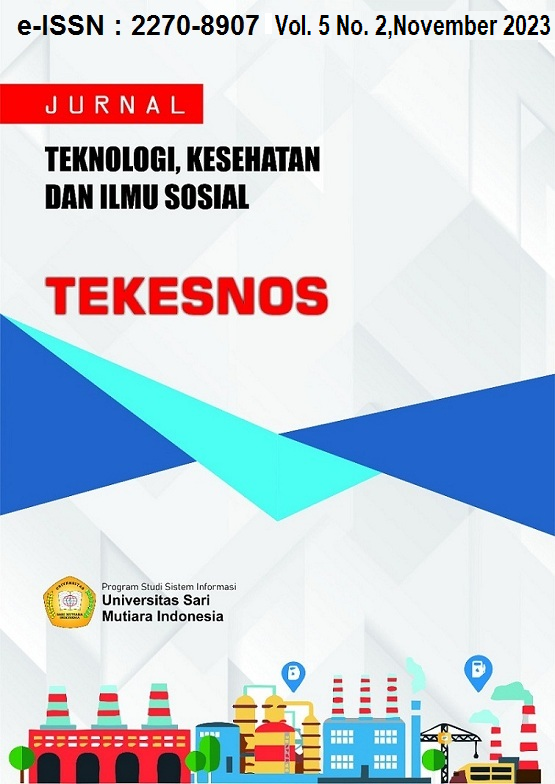Formulasi Sediaan Sabun Mandi Padat Dari Ekstrak Umbi Wortel (daucus carota l. ) Sebagai Pelembab
Keywords:
Formulation, Carrot Tubers, Solid Soap, MoisturizerAbstract
Carrot plants contain phenolic compounds, as well as natural antioxidants, namely provitamin A and carotenoids. Beta-carotene in carrot (Daucus carota L.) tubers is useful for maintaining skin moisture, softening the skin so that the skin always looks radiant. Therefore, carrot tubers make it possible to be used as an active ingredient in soap making. The aim of the study was to determine whether carrot (Daucus carota L.) tubers could be formulated into a solid bath soap that functions as a skin moisturizing soap. The method used in this study was an experimental method, namely conducting an experiment to make solid bath soap formulations from carrot tubers with concentrations of 5%, 10% and 15%. The tests carried out in this study included organoleptic tests, pH tests, high foam tests, free alkali test, skin irritation tests on volunteers, moisture tests on volunteer skin, and hedonic tests on researchers. The results showed that carrot root extract can be formulated into a solid bath soap. Which has a pH in the range of 8-11 and has a fairly high foam and does not cause irritation to the skin of volunteers and can increase moisture on the skin of volunteers. The conclusion of this study is that carrot tubers can be formulated into solid bath soap preparations as a moisturizer.
Downloads
References
Cahyono. (2002). Wortel Teknik Budidaya Analisis Usaha Tani, Kanisius Yogyakarta Departemen Kesehatan Republik Indonesia. (1979). Farmakope Indonesia. Edisi III. Jakarta.
Ghozaly, M. R., & Safitri, E. (2016). Uji Aktivitas Antioksidan Ekstrak N-Heksan, Etil Asetat Dan Metanol Dari Varietas Umbi Wortel (Daucus Carota L.) Dengan Metode DPPH (1,1-Difenil-2-Pikrilhidrazil), 9(2), 13–18.
M.Taufik. (2012). Strategi Pengembangan Agribisnis Sayuran Di Sulawesi Selatan, 31(Adiyoga 1999).
Mardiana, U., Solehah, V. F. (2020). Pembuatan Sabun Berbahan Dasar Minyak Jelantah dengan Penambahan Gel Lidah Buaya sebagai Anti Septik Alami. Jurnal Kesehatan Bakti Tunas Husada :Jurnal Ilmu Ilmu Keperawatan, Analis Kesehatan dan Farmasi, Volume 20 (2), 252-260.
McGrath, J., & Uitto, J. (2010). Anatomy and Organization of Human Skin. Dalam: Burns DA,
Breathnach SM, Cox NH, Griffiths, eds. Rook’s Textbook of Dermatology (8th ed.).
London: Blackwell Publishing.
Mehrir. (2012). Sejarah Wortel, Http;//Www.Kawungaten.Com/2012/11/Sejarah Wortel.Html.
Jurnal Sejarah Wortel.
Minerva, P. (2019). MASKER TRADISIONAL BROKOLI UNTUK PERAWATAN KULIT WAJAH
KERING. Kapita Selekta Geografi, 2(8), 118–130.













